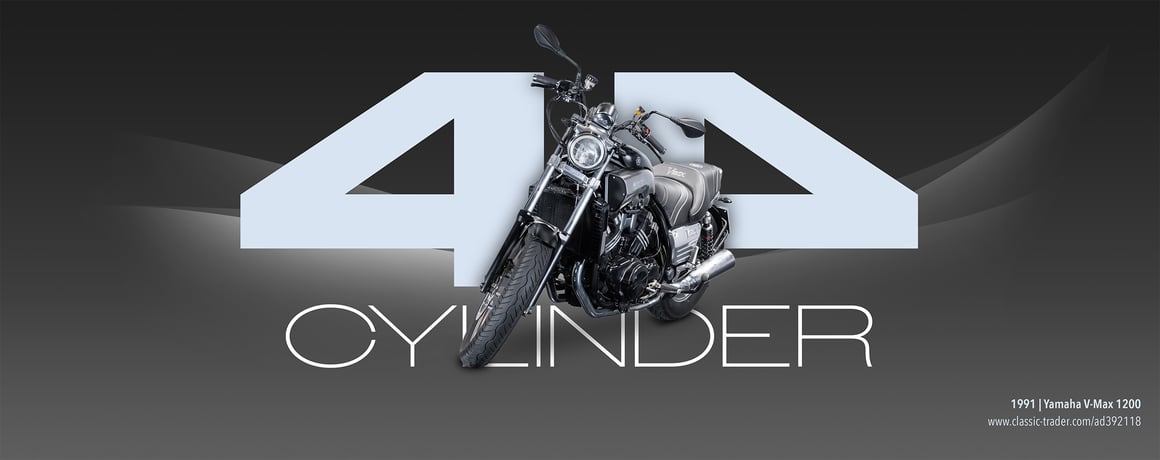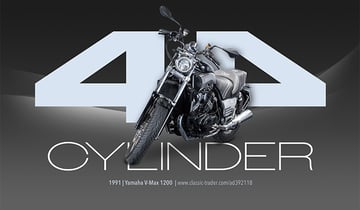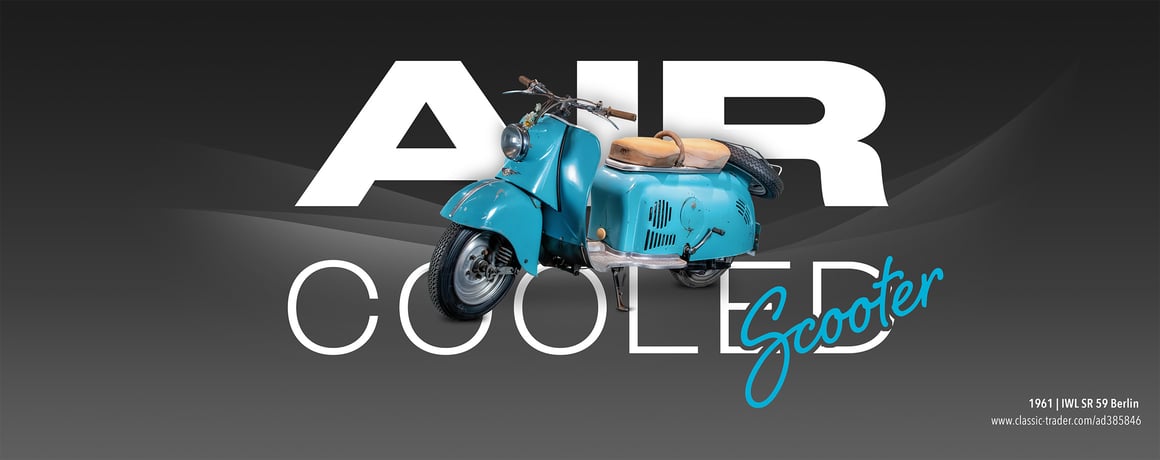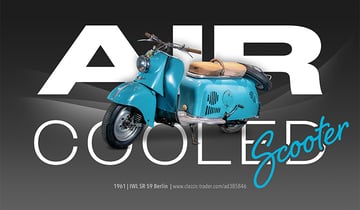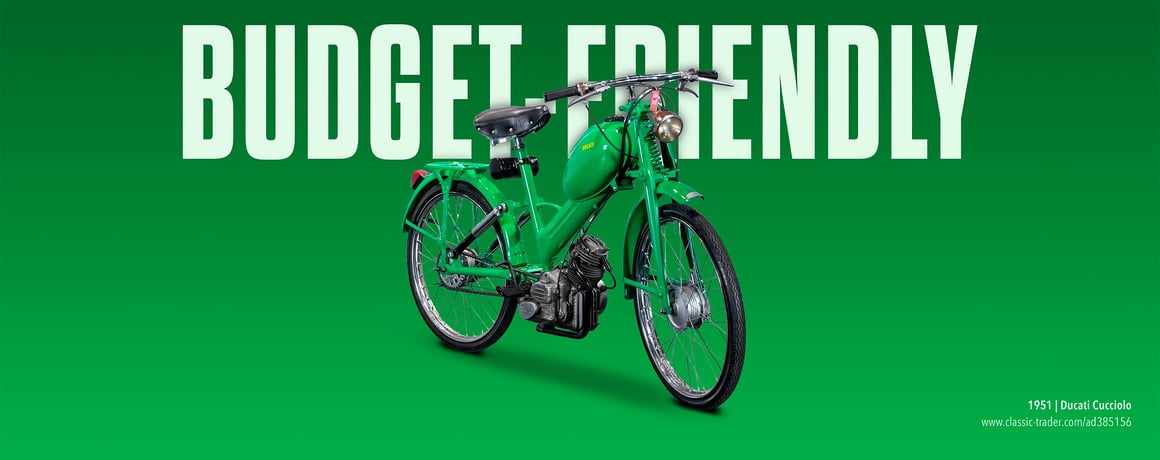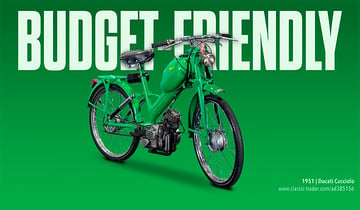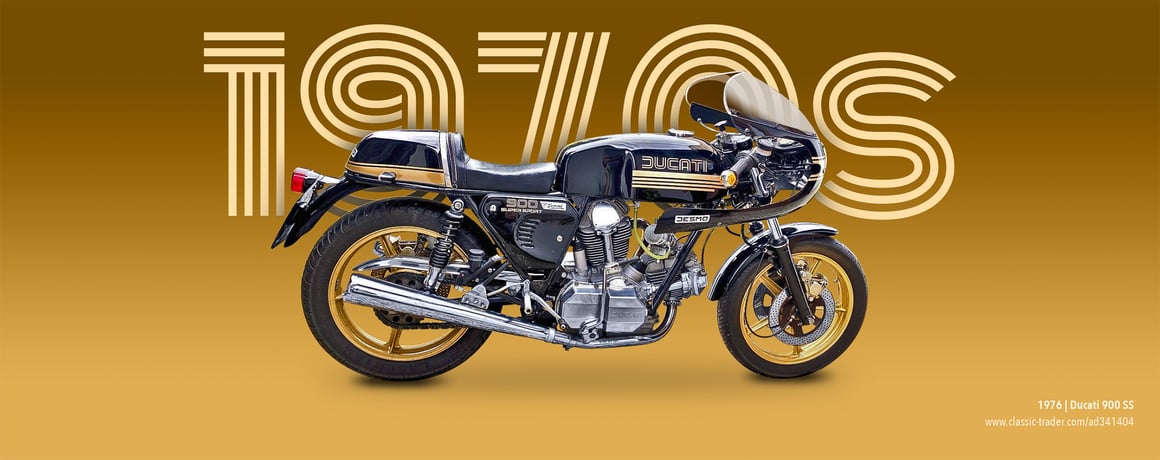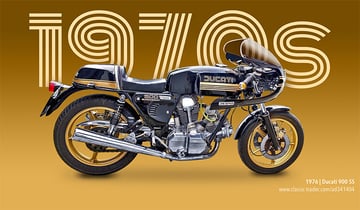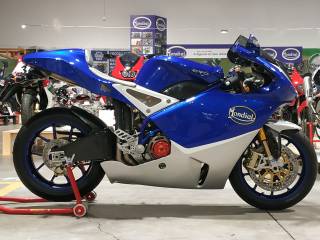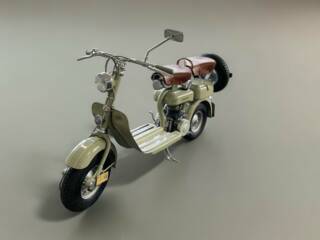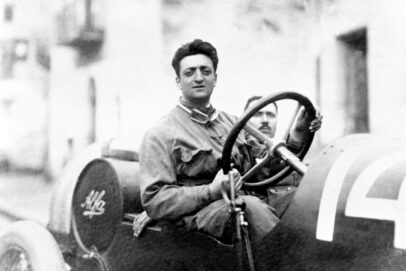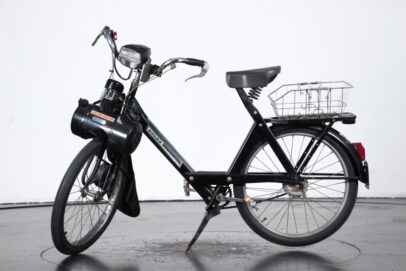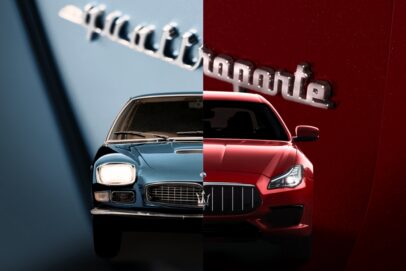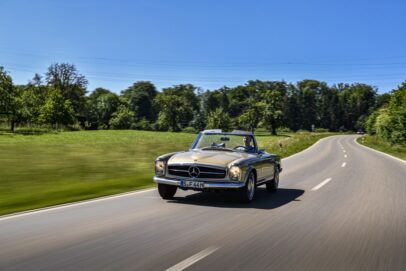Classic Motorcycles for Sale
The international marketplace for classic vehicles.
Classic Trader
Be inspired
CLASSIC TRADER MAGAZINE
Classic motorcylce makes
Classic motorcylce makes
Classic motorcycle models
Classic Motorcycles by type
A little tribute to the motorised bicycle
More than six hundred motorcycle manufacturers from all over the world have come to life since Daimler-Maybach’s revolutionary invention the “Reitwagen” in the late 19th century. What began as a bicycle aided by a small motor has quickly developed into its own vehicle type and swiftly gained worldwide popularity.
Let us have a look at some of the long forgotten and always remembered classics and legends together:
The avant-garde – German classic motorcycles
In the 1950s, the “Zweirad Union” successfully hosted brands such as Express, Victoria and DKW. However, beautiful motorcycles such as the Victoria V35 Bergmeister, that was built approx. 5000 times during the 1950s has long been forgotten.
In contrast, the Horex Regina became the best-selling 350cc-motorcycle of its time and is still well remembered by enthusiasts.
High-class motorcycle such as the Horex Imperator did not succeed however, former design engineer Münch started developing his own Horex-based racing machines such as the Münch-Spezial, also known as the “Münch-Horex”. Legends were to follow, such as the Mammut that was as powerful as its name gives away.
The “Green Elephant”, or the Zündapp KS 601 bike-trailer-combination has become one of the most famous German motorcycle legends and until this day, attracts huge numbers of enthusiasts from all over Europe to the annual “Elephant meeting” in Bavaria.
Then and now - the most famous motorcycle producers from the USA, Germany and Italy
They have dominated the motorcycle market for decades and will probably continue to do so: The big players in the motorbike industry Harley Davidson, BMW and various Italian producers who are able to look back on a long history since the early 20th century. Not only their classics are still hugely popular, also their contemporary developments find enthusiasts in awe.
The potato-potato-sound coming from Harley Davidson’s many, big exhaust pipes is a sound that can be recognised from a far distance and that captures enthusiasts’ attention all over the world and infects them with the virus called Flathead, Panhead, Sportster and Co.
Having been a direct opponent of the English rivals Norton, BSA and Triumph, Harley Davidson has become a well-established name in the motorcycle industry that suggests freedom, adventure and tradition.
BMW – the German motorcycle giant with the most unique classic status
In the early 1920s, BMW commenced motorcycle production with its R23 that was well ahead of its time, when it was fitted with a boxer motor and cardan shaft drive. Whether it was for road or racing purposes, the BMW R-Series was ahead of the pack and even until now, their famous bike-trailer-combinations are often used for rallies or veteran races. The brand still represents solidity and reliability, attributes highly valued by motorcycle enthusiasts worldwide.
Movie and TV legends – English motorbikes by Triumph
The 50s and 60s sustainably shaped the image of historic motorcycles and gave them that little something that gives them this unmistakable prestige, that is so highly valued by enthusiasts. The Triumph Thunderbird, for instance, became an overnight movie star when it featured in “The Wild One” and has since never been forgotten.
Companies competed for technical benchmarks and Triumph was able to set a world-record with their 1955 Lake Bonneville race in Utah (USA), which gave birth to their Triumph Bonneville, lovingly called “Bonnie”. Norton, another English motorcycle manufacturer, highly ranks in 350cc and 500cc racing classes and the company prides itself with over 40 victories at the well-known “Isle of Man” race.
Italian racing motorcycles – a dream for every enthusiast
MV Agusta, Ducati and Moto Guzzi are those classic motorcycles that make an enthusiast’s heart beat faster. Especially the Ducati models, such as the 750 Supersport were hugely successful racing machines and other models were well able to keep up these successes. The “Italian Eagle”- Moto Guzzi – also had its fair share in racing victories and had its break-through in 1924, when it came first in the European Championship of the 500cc class. Models such as the Falcone, V7 Speciale and 850 GT succeeded in the legendary Le Mans race.
Rice bowls – Japanese latecomers with enormous power
Although they were surely not pioneers in motorcycle development, the Japanese quickly caught up with regional motorcycle manufacturers and made their way into the European market. After all, European standards served as an example for high quality, now classic, motorbikes. BSA, Victoria, Indian, BMW and DKW served as role models for the now hugely successful models of Meguro, Lilac, Cabton, Marusho and Yamaha.
In the late 60s and early 70s, Japanese motorcycles became serious competitors for the more expensive European motorcycle producers and made their names in racing sports against well-established brands. Models such as the Yamaha XT 500, Honda CB 750 Four, Kawasaki Z1 and the Suzuki GS 750 have even become popular outside Europe.
Café Racers as a new breed of motorcycle cult and the Isle of Man races
Imagine yourself in the revolutionary 1960s, the world of Café racers and Rock’n’Roll. It was in fashion to be different and go against the grain so people worked on their beloved motorbikes and left very few recognisable bits on their serial bikes of the time. They lowered the handlebars, opened up their exhaust systems and repositioned the footrests to that they had a flat racing position. This was their answer to the uniformity of mass production. Motorcycles had become an integral part of the Rock’n’Roll scene and were styled until the point of unrecognizability.
English brands were especially popular when it came to individualising one’s motorbike in reference to the TT Isle of man. The trend was so strong, that later on, renowned producers such as BMW or Benelli and Moto Guzzi adopted the style. They developed special Café Racer editions of their own models that were extremely well received.
It is this passion that connects motorcycle enthusiasts. Not only is this based on the wind that blows through their hair or the thrill of speed. It is the freedom, adventure and individualism – a conglomerate of terms defining to motorcycle passion. Motorbike Clubs, meetings and organised rides on a sunny Sunday. Some hit the race tracks on the weekends, trying to reach their personal best lap time. One of the most important points of contact for enthusiastic classic racers is the DHM. Many noteworthy events for enthusiasts compete against each other with their machines of all classes fill up their calendars each year.



